From Paris to Nice and from Notre Dame to the Palace of Versailles, this group of 10 French students and two chaperones has seen it all. Beginning their voyage to France on March 10, they spent 12 days abroad, exploring cities and navigating French social life.
A year ago, there was an informational meeting about the trip, open to select students in French 2 — having to be first recommended by a French teacher on the basis of linguistic skills — and students excelling in French 3 and above. French teacher Blair Hopkins expected the students to be conversational in French, preparing them for interactions with native French speakers.
“Traveling anywhere or talking to people [with] a different background or culture is one of the best ways to become more knowledgeable [and more] tolerant of how other people live and a better world citizen,” Hopkins said.
Furthermore, Hopkins required students to fill out an application and obtain three character references from Parkway staff. One of these accepted students was sophomore Nick Hillman.
“[I chose to go on the trip because] it seemed like a fun opportunity to learn more about [French] culture and do something over spring break. Otherwise, I would have stayed home and done nothing,” Hillman said.
Sophomore Madeline Tipton also chose to go on the trip this year as her first time being outside of the country.
“It was interesting to see [a] completely different social culture and everything,” Tipton said. “I’ve also never been in a big city like Paris before.”
As soon as the plane touched ground, the group was on the move, ascending the Eiffel Tower and walking the streets of Paris.
“It was cool getting to see all [of] these famous tourist attractions,” junior Anna Phillips said. “It didn’t feel real until we went up the Eiffel Tower, and I’m a big fan of art, so I enjoyed looking at the Louvre and Le Musée de l’Orangerie.”
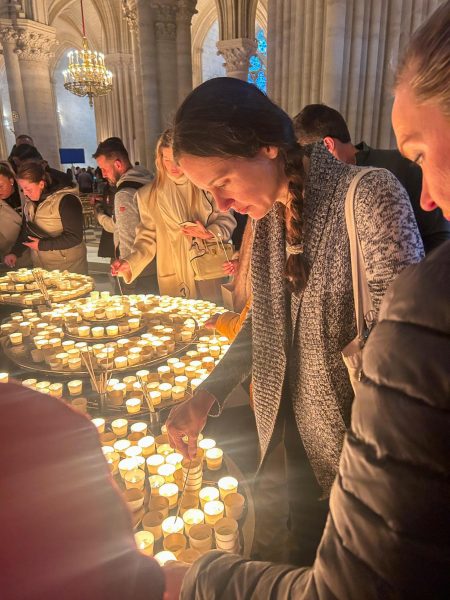
Another significant attraction includes the catacombs beneath Paris, containing the bones of some six million human skeletons. Accompanied by Spanish teacher Dominique Navarro, Hillman explored these catacombs during the trip.
“The catacombs were really cool,” Hillman said. “It’s almost surreal; there [are] hundreds of thousands — even millions — [of] skulls and leg bones building the walls you’re walking through. It’s hard to comprehend that [those are] actually human remains.”
On the trip, students also had the opportunity to converse with native French speakers.
“Getting to talk to Parisians was stressful. They all talked really fast and [were a little bit] rude,” Phillips said. “But it was nice [because] it’s important to get to know other people’s cultures and see a lot of different things.”
However, due to the fast-paced urban life of the world’s most visited country, some students had difficulties practicing their French.
“I wouldn’t say they were intentionally being rude. You would try to speak French, but they would realize you don’t really know French and flip to English, which feels bad,” Hillman said. “They’re trying to help you understand more, but it feels rude.”
Hopkins lived in France for four years, so she was accustomed to the Parisian accent and atmosphere.
“I did have some conversations with kids because [it] can be frustrating [and] make you feel like it’s because [your] French wasn’t good enough,” Hopkins said. “That’s not what it is; it’s just common at tourist destinations.”
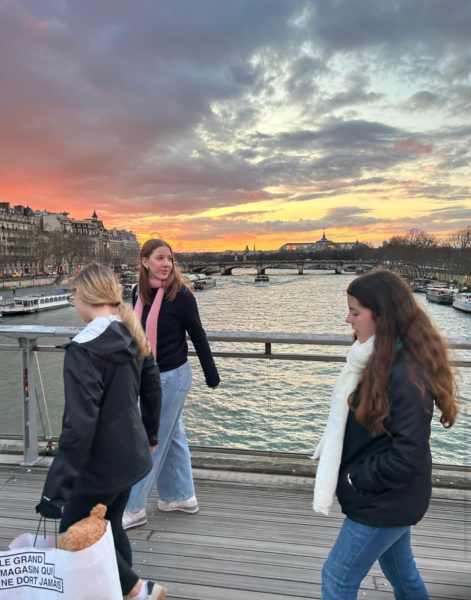
After a few days in Paris, the group took the train to Toulon, a city on the south coast of France. From there, the students met their host families and spread out to surrounding towns for a five-day stay.
“[Living with a host family] was definitely something to get acclimated to at first. In the family I was staying [with], the mom and one of the sons spoke English, but the other two sons and the father didn’t,” Hillman said. “It took a while to understand them [because] they’ll pronounce [French words] differently than Americans, drop syllables and speak a lot faster.”
Both Hillman and Gleason stayed in a town called Le Beausset, about 20 minutes outside of Toulon.
“It was a little hard at first, being separated from the group and away from home, but we got to see a lot of cool things in the area,” Gleason said. “It was cool to live with a French family because you were completely immersed in the culture and how they live. It’s a good way to practice speaking and listening, and the family I stayed with was super nice.”
In addition to staying with a host family, students also attended French schools.
“I really liked French school [and] helping my family with their English,” sophomore Elle Wendling said. “It was difficult because I had to explain the difference between a journey, a trip and a travel.”
During their stays with their families, the students were exposed to more differences between French and American culture.
“Their school was very different. Even the rooms [in] their houses were set up differently, and they ate at different times. They really didn’t do after-school activities, [which] was different from what I’m used to,” Gleason said.
Some students stayed in smaller towns. To get to her host family, Tipton traveled farther north to Signes, France, where she experienced further differences in customs between French and American households.
“[Living with a host family] was fun. Their meals are really long, [and] they stayed up for a long time after dinner as well,” Tipton said. “We would usually eat snacks for [about] an hour before dinner while we waited and then we would all sit down and eat dinner.”
At the end of each day of the trip, the group would debrief, which was when Hopkins could hear about everyone’s experiences.
“The home stay [was my favorite part of the trip]. I was so proud of everyone for doing their best to speak French [and] going to French school because you have to be willing to step way outside of your comfort zone,” Hopkins said. “They all came back after five days saying [what they] learned, and they were all more excited about French. That’s why [the trip] is worth doing.”
Finally, after a stay with French families, the group reunited and traveled east to the coastal city of Nice, where they spent their last two days of the trip.
“Overall, I thought the trip was really fun, and I got to see so many amazing things,” Gleason said. “My French improved, and [the trip] also helped me get closer to others [and] make friends in different grades.”
Ultimately, the goal of the family stay and the trip to France as a whole was to immerse students in French language and culture — but immersion isn’t limited to international travel. In fact, in October of 2024, Hopkins visited the Concordia Language Villages in northern Minnesota in hopes of improving her Swedish — a new language she has pursued over the past couple of years — and learning ways to better immerse her students in French culture. The villages began in the 1960s as a way to teach language through cultural immersion.
“I was amazed at how much I could learn in just one week. That included not only language but so many cultural activities,” Hopkins said. “I’ve started telling all of my students about it because it’s much more accessible. I highly recommend it for anyone at any level of language ability.”

![Standing in Lambert Airport, French students smile for a photo before their flight. On March 10, the group of students began their 12-day trip to France, accompanied by French teacher Blair Hopkins and Spanish teacher Dominique Navarro. “The trip went smoothly. I think everybody enjoyed all three parts of it: Paris, Nice and the family home stay. The feedback I’ve gotten from all [of] the students has been positive, including several people already trying to plan a trip back to France,” Hopkins said.](https://pwestpathfinder.com/wp-content/uploads/2025/04/IMG_8146-1200x900.jpg)

![Smiling in a sea of Longhorns, Fox 2 reporter Ty Hawkins joins junior Darren Young during the morning Oct. 3 pep rally. The last time West was featured in this segment was 2011. “[I hope people see this and think] if you come to [Parkway] West, you will have the time of your life because there are so many fun activities to do that make it feel like you belong here. I was surprised so many people attended, but it was a lot of fun,” Young said.](https://pwestpathfinder.com/wp-content/uploads/2025/10/Edited2-1200x798.jpg)
![West High seniors and families listen as a representative of The Scholarship Foundation of St. Louis, Teresa Steinkamp, leads a Free Application for Federal Student Aid (FAFSA) workshop. This session, held in the library, provided guidance on financial aid, scholarships and student loan options. “This event is very beneficial for any seniors who are applying to or considering applying to colleges after high school [because] the cost of college is on the rise for seniors and parents,” college and career counselor Chris Lorenz said.](https://pwestpathfinder.com/wp-content/uploads/2025/09/DSC_4478-1200x778.jpg)
![Senior Kamori Berry walks across the field during halftime at the Homecoming football game on Sept. 12. During the pep assembly earlier that day, she was pronounced Homecoming Queen. “I thought it was nice that the crowd [started] cheering right away. I know [my friends] were really excited for me, and my family was happy because typically non-white people don't win,” Berry said.](https://pwestpathfinder.com/wp-content/uploads/2025/09/DSC7046-Enhanced-NR-1200x798.jpg)

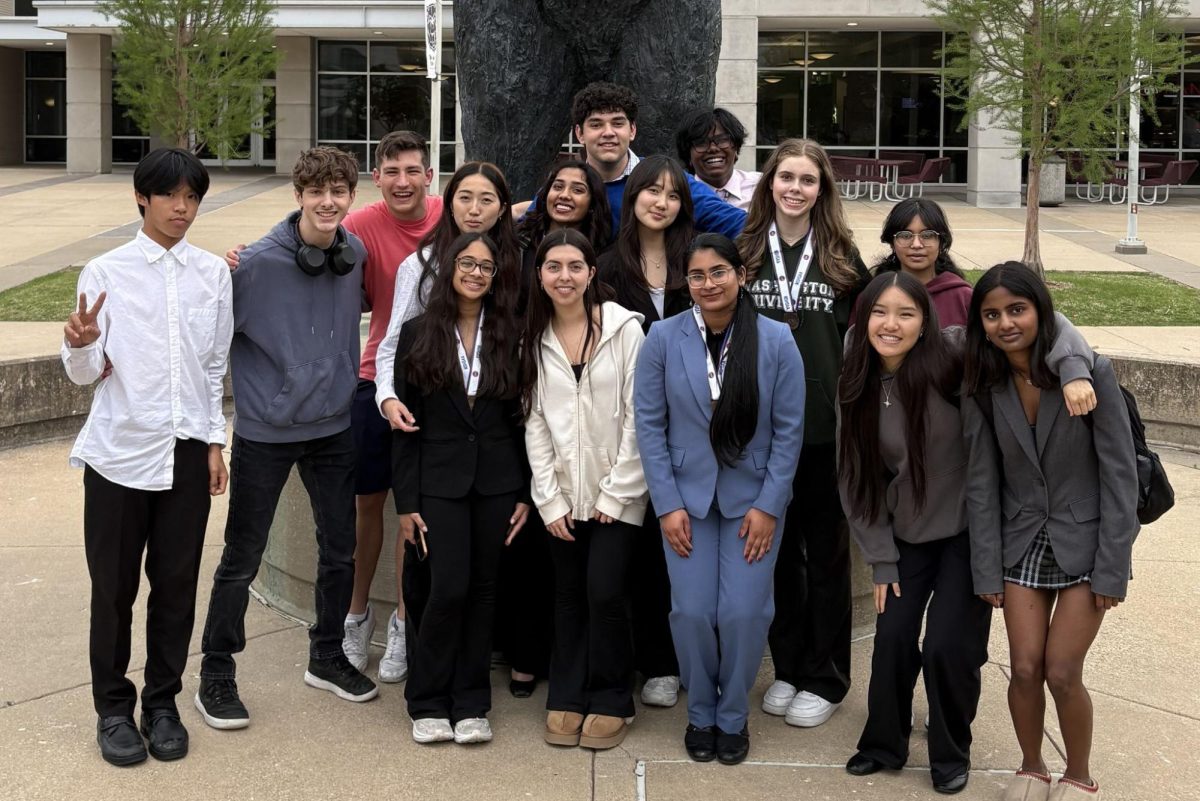
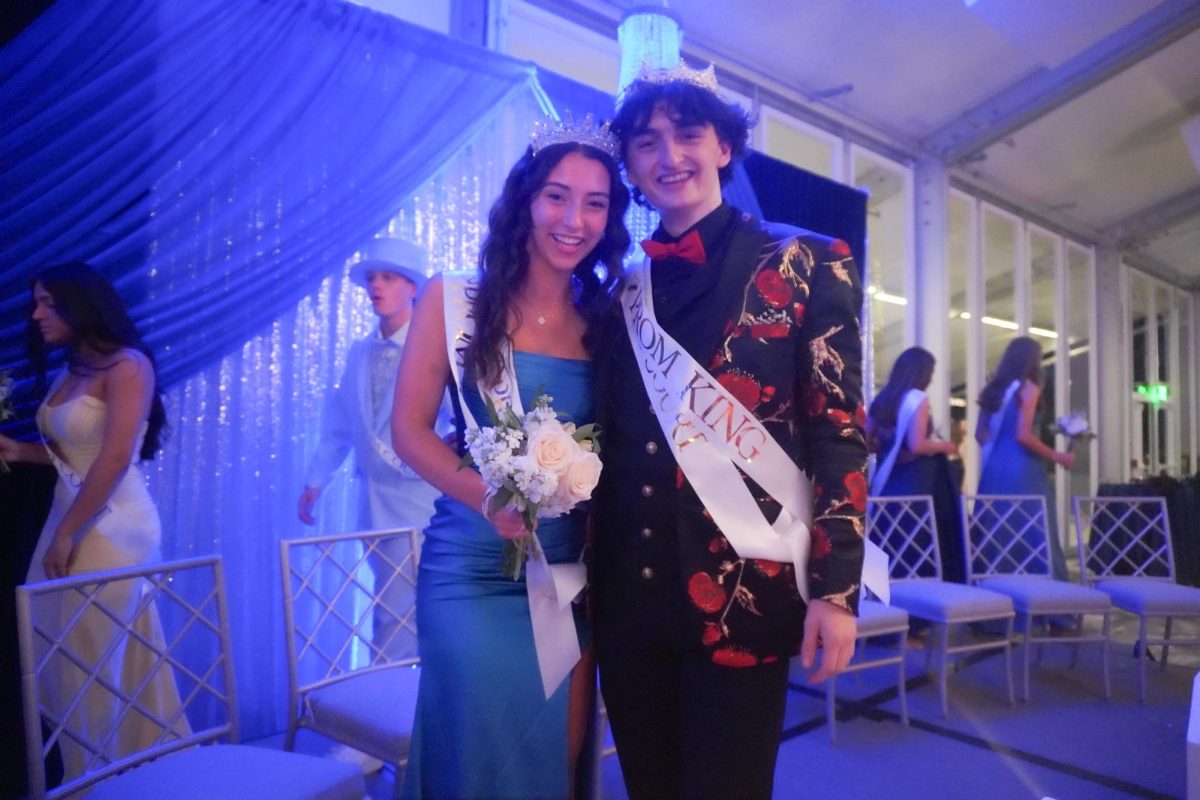
![Pitching the ball on Apr. 14, senior Henry Wild and his team play against Belleville East. Wild was named scholar athlete of the year by St. Louis Post-Dispatch after maintaining a high cumulative GPA and staying involved with athletics for all of high school. “It’s an amazing honor. I feel very blessed to have the opportunity to represent my school [and] what [it] stands for,” Wild said.](https://pwestpathfinder.com/wp-content/uploads/2025/05/unnamed-6-1200x714.jpg)
![The Glory of Missouri award recipients stand with their certificates after finding out which virtue they were chosen to represent. When discovering their virtues, some recipients were met with contented confirmation, while others, complete surprise. “I was not at all surprised to get Truth. I discussed that with some of the other people who were getting the awards as well, and that came up as something I might get. Being in journalism, [Fellowship of Christian Athletes and] Speech and Debate, there's a culture of really caring about truth as a principle that I've tried to contribute to as well. I was very glad; [Truth] was a great one to get,” senior Will Gonsior said.](https://pwestpathfinder.com/wp-content/uploads/2025/04/Group-Glory-of-Missouri.jpg)
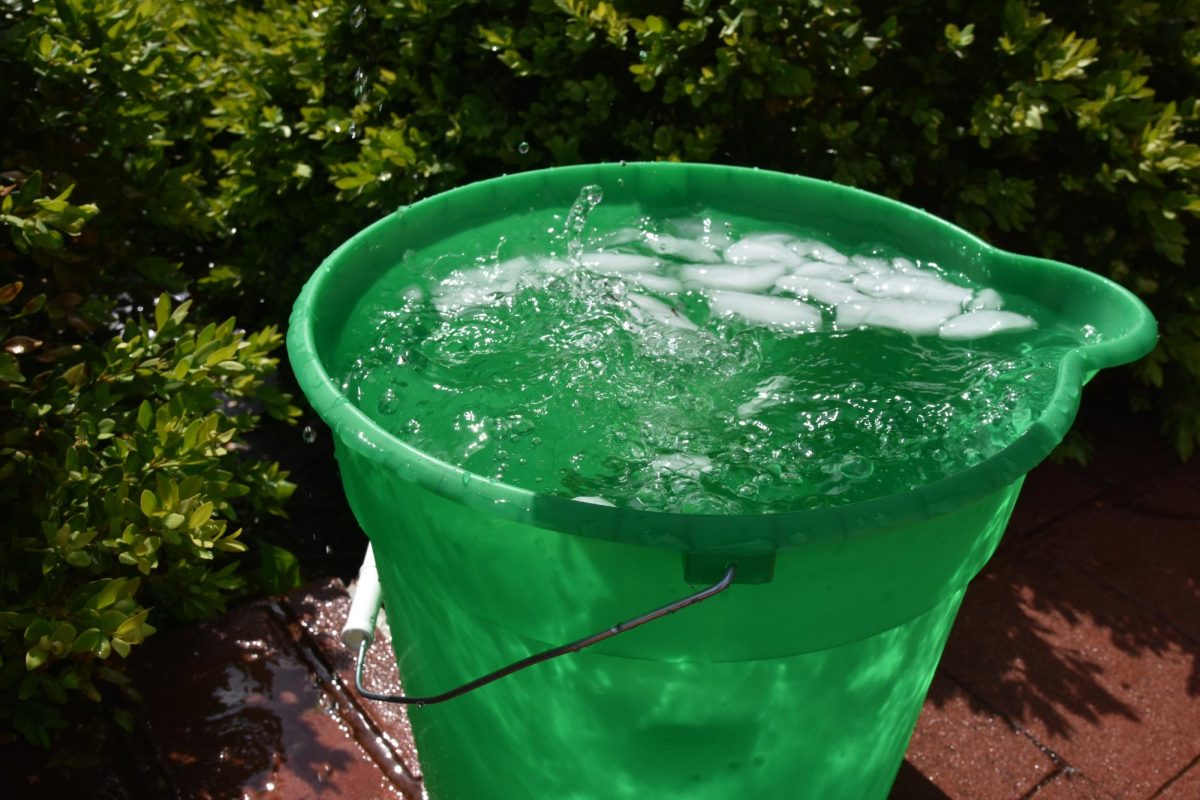

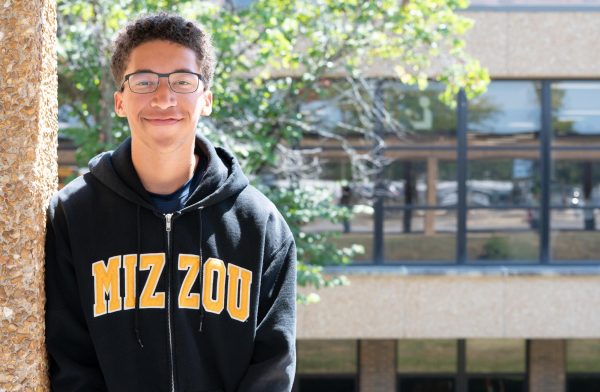
MARY T CLINE • Apr 18, 2025 at 8:53 pm
Great article. So cool that these students spent time with host families. It sounds like it was a wonderful experience for everyone.